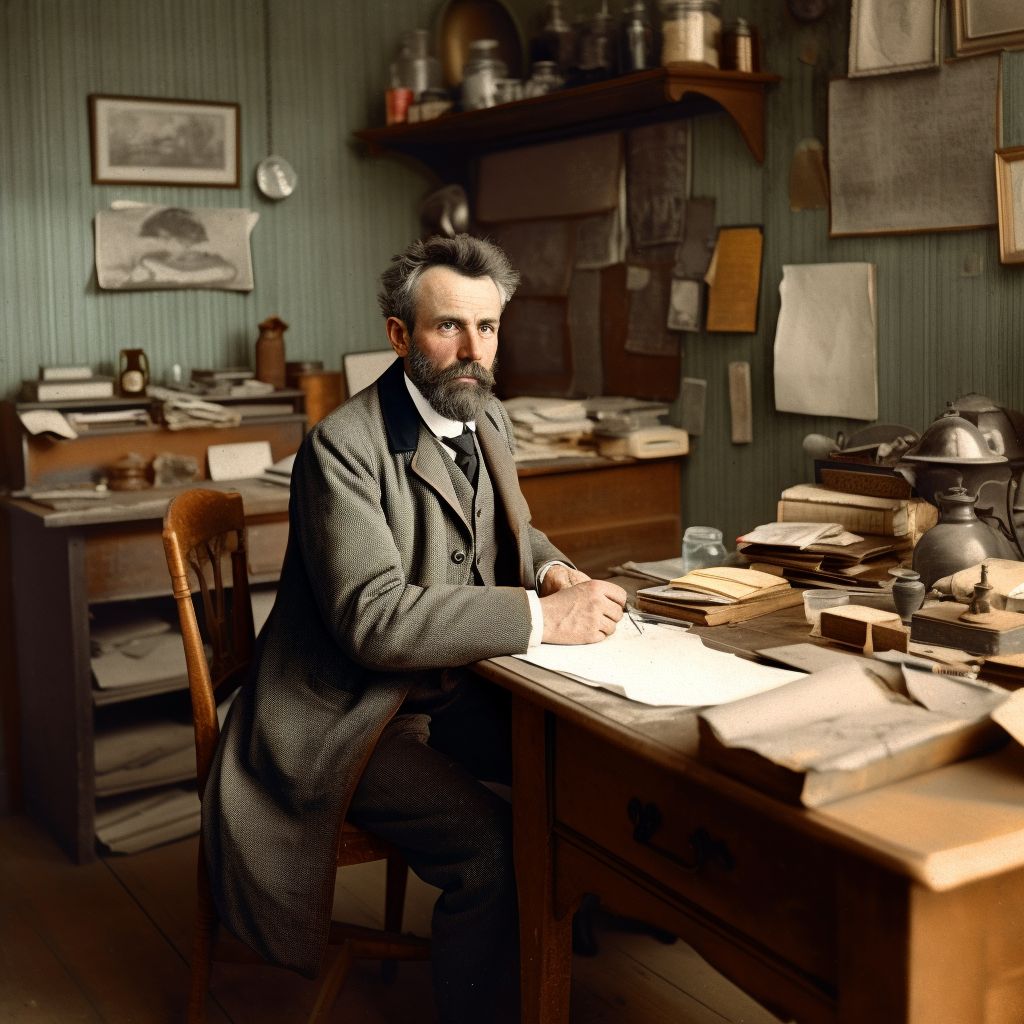Doctor
The doctor profession has always been highly regarded for its critical role in maintaining the health and well-being of society. In 1880, the medical field experienced significant advancements and transformations, particularly with the emergence of auto sapient "steelies" equipped with medical protocols. This article explores the doctor profession in 1880, highlighting the impact of auto sapient steelies on medical practice.
The Role of Doctors
Doctors in the 19th century were responsible for diagnosing and treating a wide range of illnesses and medical conditions, as well as providing preventive care and health education to their patients. The scope of their work encompassed various disciplines, including general practice, surgery, and specialized fields such as obstetrics and psychiatry. As medical knowledge expanded, doctors were increasingly expected to remain abreast of the latest advancements and innovations in their field.
The Emergence of Auto Sapient Steelies with Medical Protocols
In the 1870s, the development of auto sapient steelies revolutionized various aspects of daily life, including the medical field. These highly advanced automatons were powered by intricate Mental Circuitry, allowing them to learn and adapt to a wide array of tasks. When equipped with medical protocols, steelies became invaluable tools for doctors, assisting them in numerous aspects of patient care.
Impact on the Doctor Profession
The introduction of auto sapient steelies with medical protocols greatly enhanced the efficiency and effectiveness of doctors in their practice. With the assistance of these advanced automatons, doctors could delegate more routine and time-consuming tasks, such as taking patient histories and monitoring vital signs, allowing them to focus on more complex aspects of diagnosis and treatment.
Furthermore, steelies enabled doctors to provide more personalized care by analyzing and storing vast amounts of patient data, helping them identify patterns and trends that could inform treatment plans. This data-driven approach to medicine allowed for more accurate diagnoses and better patient outcomes.
Auto sapient steelies with medical protocols also proved invaluable in surgical settings. Their precision and steadiness made them ideal assistants during operations, as they could be programmed to perform intricate tasks with minimal risk of error. This increased efficiency in surgical procedures, leading to shorter operation times and improved patient recovery rates.
Challenges and Ethical Considerations
While the integration of auto sapient steelies with medical protocols offered many benefits to the doctor profession, it also raised various challenges and ethical concerns. The potential for steelies to replace Human medical professionals in certain roles prompted debates about job security and the importance of maintaining a human touch in patient care.
Moreover, the reliance on steelies to handle sensitive patient data raised questions about privacy and the ethical use of medical information. Ensuring the appropriate balance between leveraging the capabilities of auto sapient steelies and preserving the essential human elements of the doctor profession was a critical issue in 1880.
Conclusion
The doctor profession in 1880 was deeply influenced by the introduction of auto sapient steelies with medical protocols. These advanced automatons enhanced the efficiency, precision, and personalization of medical care, revolutionizing the way doctors practiced medicine. However, their widespread use also introduced ethical dilemmas and challenges related to job security and the role of technology in the medical field. As the medical community continued to navigate these complex issues, the doctor profession remained at the forefront of innovation and progress in the pursuit of improved patient care.
Type
Medical

